From Old Metal to New Textile: Rust Fabric Dyeing

When I returned to New England from QuiltCon in Austin, Texas, I couldn’t help but notice: it snowed again while I was gone. Yes, while I was in the climate-controlled comfort of the exhibit halls surrounded by colorful quilts–and quilters–Mother Nature had thrown another heavy blanket of snow over my region.
But I’m a New Englander and a quilter, so I don’t let the weather get me down. From a quilting and surface design standpoint, I know a few ways of turning negative weather into an opportunity to get creative. One, which is today’s topic, is fabric dyeing with rust.
Rusting fabric is easy to do inside as it can be done in a small area, you don’t need special equipment and, as dyeing project go, it’s relatively safe. There are no powders or chemical dyes to mix; the main ingredients are water, vinegar, salt, and metal objects that will rust.

Laurie Brooks has a terrific tutorial, so I’m sharing it with you today.
How to Dye Fabric with Rust
By Laurie Brooks
Materials:
✓
Metal tray
✓
Spray bottle
✓
Vinegar
✓
Water
✓
Salt
✓
Solid, light-colored fabric
✓
Steel wool
✓
Pieces of old metal such as washers, springs, grates, and nails
✓
Large sheets of plastic or a large plastic bag
✓
Stack of books or other flat, heavy objects
Note: Be aware that most metal products now are made NOT to rust. I find the best place to look for objects is at scrap yards, machine shops, and flea markets. I’ve experimented rusting on different weights of linen and cotton. My favorite is 100% white cotton as it produces the richest colors. You may also want to try using silks. Whatever you choose, the fabric must be pre-washed and free of sizing or other fabric treatments.
Directions:
1
Using a clean spray bottle, combine 1 part water with 1 part vinegar.
2
Lay the fabric on a metal tray, such as a cookie sheet or baking pan.
3
Spray the fabric thoroughly with the water and vinegar mixture.
4
Tear pieces of steel wool and scatter them on the fabric. Arrange the other metal objects in a random manner, leaving enough negative space to develop or embellish with other materials. Later you may want to be more deliberate with the placement of metal objects to create a particular design or pattern.
5
Spray across the top if the fabric and objects again with the water and vinegar mixture.
6
Slide the tray into a plastic bag, or wrap it securely in sheets of plastic and close up the ends.
7
Place books or other flat objects on top of the metal pieces to make certain they are pressed into the fabric.
8
Leave the wrapped fabric overnight in a warm place. It can be left for up to 24 hours, depending on the depth of color desired.
9
Unwrap the fabric and remove the metal objects. Neutralize the fabric by placing it into 4 gallons of water mixed with 1/4 cup salt. After neutralizing, the fabric can then be washed in soap and water.
Once you have washed and dried your fabric, you can consider how to use it in your fiber art. Laurie manipulates the fabric to create ridges and undulations.

Happy fabric dyeing!
P.S. Have you tried dyeing fabric with rust? How did it come out? What tips would you like to pass on? Leave a comment below.
Other topics you may enjoy:
Hand Dyeing Shortcut: Make and Keep a Soda Ash Solution
Dyeing Fabric with Procion Dyes: Earth-friendly Tips
How to Dye Fabric with Chickpea Flour
Originally published February 27, 2013; updated on April 23, 2024.
From our Shop





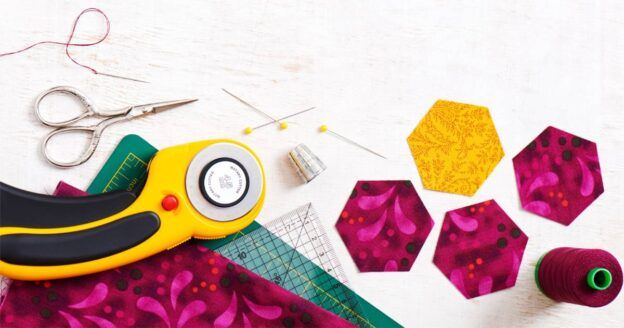
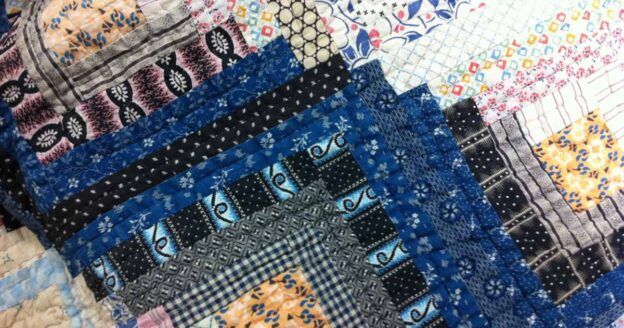
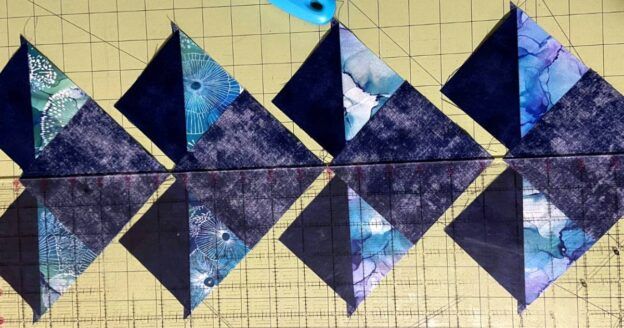

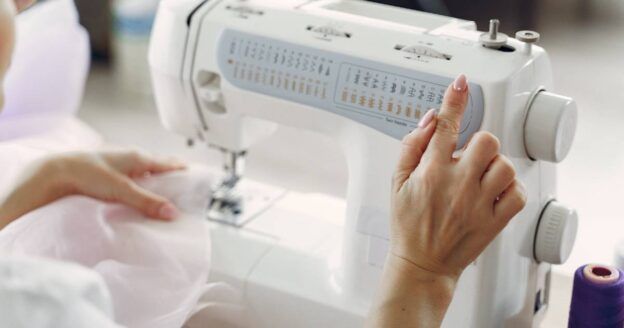
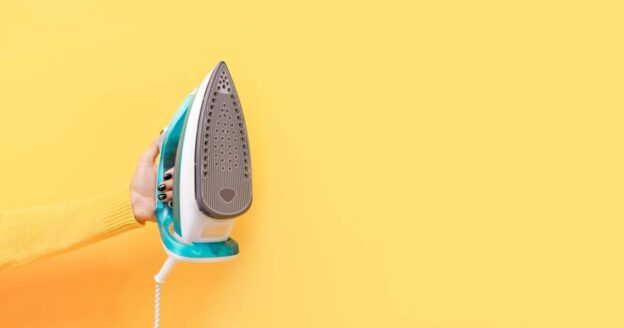
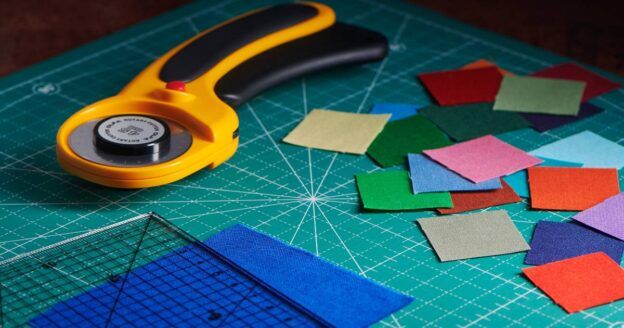
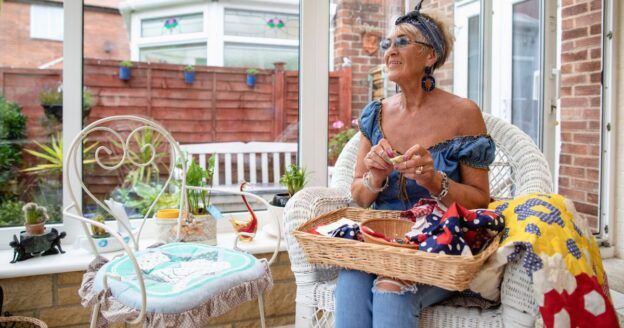

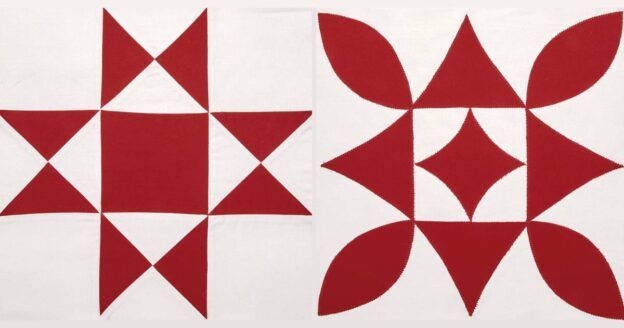
Join the Conversation!